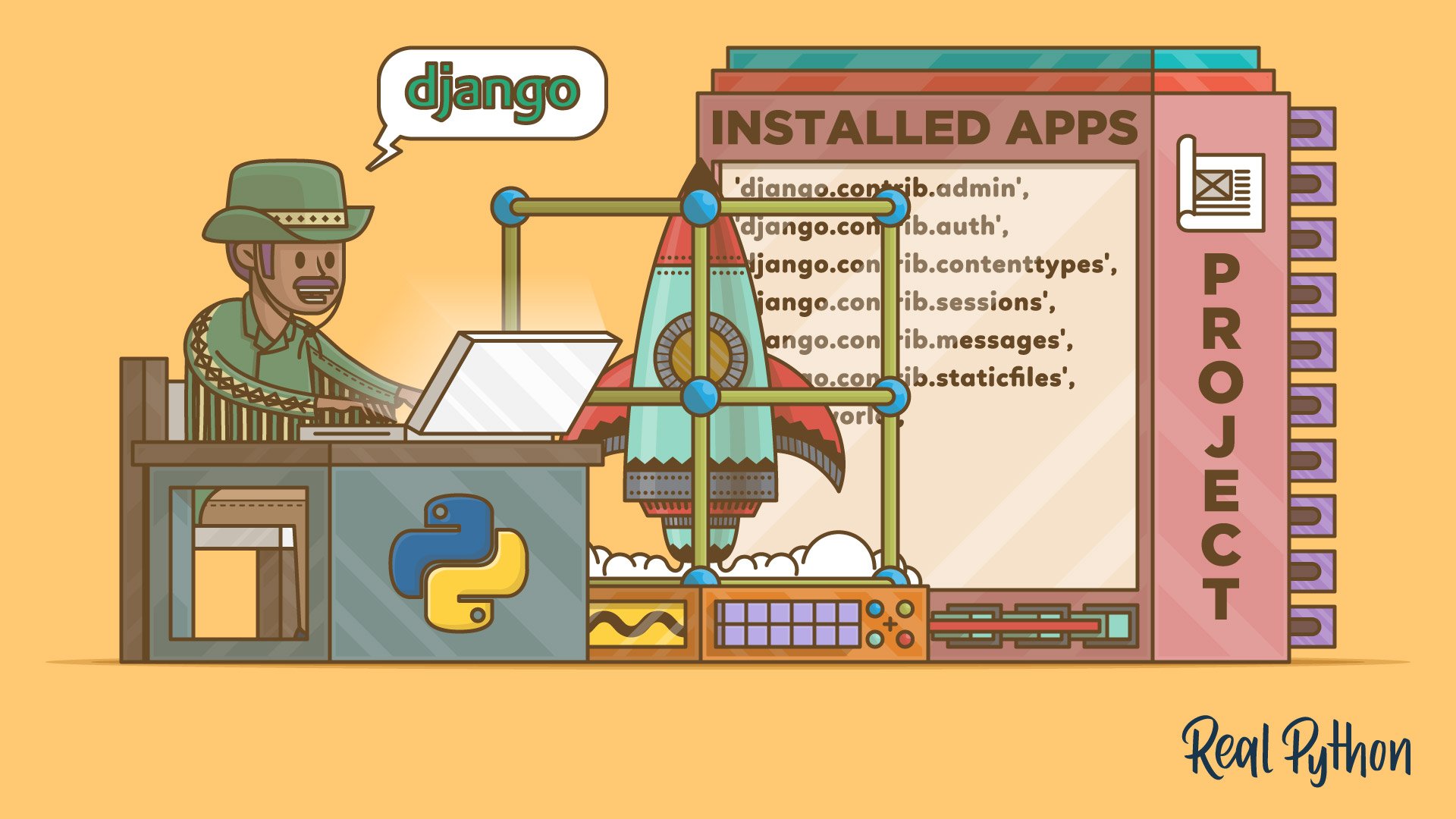Integrating AI with Wazuh for Advanced Threat Detection
Cybersecurity threats are evolving rapidly, and traditional Security Information and Event Management (SIEM) solutions like Wazuh can struggle to detect zero-day attacks, advanced persistent threats (APT), and insider threats. By integrating AI models such as DeepSeek-R1, BERT, or Autoencoders, security teams can enhance Wazuh’s threat detection capabilities with machine learning and natural language processing (NLP).
Want hands-on cybersecurity skills? Learn how to simulate attacks, monitor threats, and build a real-world defense lab using free tools like GNS3, Wazuh, and Docker.
🔧 Build Your Own Cybersecurity Lab with GNS3 + Wazuh + Docker – Train, Detect, and Defend in One Platform
Looking for an affordable SIEM that actually works? Discover how Wazuh helps companies monitor, detect, and respond to threats—without breaking the bank.
🛡️ Strengthen Your Cybersecurity Posture with Wazuh – A Scalable & Cost-Effective SIEM Solution
Before you deploy Wazuh, get to know how it works. This deep-dive explains Wazuh’s internal architecture, key use cases, and how to apply it in real-world scenarios.
📚 Understanding Wazuh: Architecture, Use Cases, and Real-World Applications
This blog post will guide you through integrating AI-based threat detection into Wazuh, using real-time log analysis to identify anomalies and classify security events.
Why Use AI with Wazuh?
While Wazuh is excellent for log collection, rule-based detection, and compliance, it has limitations:
✅ Rule-based detection may fail against new attack patterns.\
✅ High false positive rates can overwhelm security teams.\
✅ Manual threat analysis is slow and inefficient.
🔹 AI can automate log analysis, detect anomalies, and reduce false positives.
Architecture: AI + Wazuh Workflow
The workflow integrates Wazuh’s event logging system with an AI-powered threat detection engine, classifying logs as benign or malicious.
flowchart TD
A[Wazuh Logs] -->|Fetch Logs| B[AI Processing]
B -->|Threat Classification| C{Threat Detected?}
C -->|Yes| D[Send AI Alert to Wazuh]
C -->|No| E[Mark as Benign]
D --> F[Security Team Notification]
E --> G[Log Entry Stored]Step 1: Fetching Wazuh Logs
Wazuh provides an API to retrieve security logs. Using Python, we can pull these logs for AI processing:
import requests
API_URL = "https://wazuh-server:55000/agents/000/logs"
HEADERS = {"Authorization": "Bearer YOUR_API_KEY"}
response = requests.get(API_URL, headers=HEADERS, verify=False)
logs = response.json()
log_texts = [log["message"] for log in logs["data"]]
print(log_texts)🔹 This fetches real-time logs from Wazuh for analysis.
Step 2: AI-Powered Log Classification
We use a pre-trained AI model to classify logs as benign or malicious.
from transformers import pipeline
model = pipeline("text-classification", model="deepseek-ai/deepseek-r1")
log_entry = "User admin failed login from suspicious IP 192.168.1.100"
result = model(log_entry)
print(result) # Output: ['malicious' or 'benign']🔹 Use Case: Detect brute-force attacks, phishing, and malware activity.
Step 3: Detecting Anomalies in Logs
For unknown attack patterns, we use an Isolation Forest model for anomaly detection.
from sklearn.ensemble import IsolationForest
import numpy as np
log_data = np.random.rand(1000, 10) # Simulated log feature vectors
model = IsolationForest(contamination=0.05)
model.fit(log_data)
anomalies = model.predict(log_data[-10:])
print(anomalies) # -1 = anomaly, 1 = normal🔹 Use Case: Identify zero-day attacks, insider threats, and unusual activity.
Step 4: Sending AI Alerts to Wazuh
Once a threat is detected, we send an alert back to Wazuh for further action.
alert = {
"rule": {"description": "AI detected anomaly", "id": 9999},
"location": "AI Model",
"full_log": "Suspicious activity detected in logs"
}
response = requests.post("https://wazuh-server:55000/alerts", headers=HEADERS, json=alert, verify=False)
print(response.status_code) # 200 means success🔹 The AI alert is now visible in Wazuh’s dashboard.
Step 5: Automating AI Integration with Wazuh
Option 1: Automate AI Log Analysis with a Cron Job
To schedule log analysis every 5 minutes, add this to your cron job:
crontab -eAdd:
*/5 * * * * python3 /home/user/ai_threat_detection.pyOption 2: Deploy AI as an API for Wazuh
For real-time log analysis, deploy an AI-powered API.
from fastapi import FastAPI, Request
from transformers import pipeline
app = FastAPI()
model = pipeline("text-classification", model="deepseek-ai/deepseek-r1")
@app.post("/analyze_log/")
async def analyze_log(request: Request):
data = await request.json()
log_entry = data["log"]
result = model(log_entry)
return {"verdict": result[0]["label"]}🔹 Now, Wazuh can send logs to the API for real-time AI-based analysis.
Final Thoughts
🔹 AI-powered security improves threat detection and response by reducing false positives and detecting unknown threats.\
🔹 Wazuh + AI models like DeepSeek-R1 and Isolation Forest can automate log analysis and anomaly detection.\
🔹 You can deploy this integration via scheduled scripts or a real-time FastAPI service.
Would you like help setting up AI-powered SIEM automation? Let’s discuss in the comments! 🚀
Get in Touch with us
Related Posts
- 为什么中小企业在 ERP 定制上花费过高?— 深度解析与解决方案
- Why SMEs Overpay for ERP Customization — And How to Prevent It
- 为什么我们打造 SimpliShop —— 为中国企业提供可扩展、可集成、可定制的电商系统
- Why SimpliShop Was Built — And How It Helps Businesses Grow Faster Worldwide
- Fine-Tuning 与 Prompt Engineering 有什么区别? —— 给中国企业的 AI 应用实战指南
- Fine-Tuning vs Prompt Engineering Explained
- 精准灌溉(Precision Irrigation)入门
- Introduction to Precision Irrigation
- 物联网传感器并不是智慧农业的核心——真正的挑战是“数据整合
- IoT Sensors Are Overrated — Data Integration Is the Real Challenge
- React / React Native 移动应用开发服务提案书(面向中国市场)
- Mobile App Development Using React & React Native
- 面向中国市场的 AI 垂直整合(AI Vertical Integration):帮助企业全面升级为高效率、数据驱动的智能组织
- AI Vertical Integration for Organizations
- 中国企业:2025 年 AI 落地的分步骤实用指南
- How Organizations Can Adopt AI Step-by-Step — Practical Guide for 2025
- 为什么中国企业正在加速采用「AI驱动的EV车队管理系统」
- EV Fleet Management SaaS with AI Optimization: The New Operating System for Modern Fleet Businesses
- 正在改变中国制造业的 7 大机器学习(Machine Learning)系统应用场景
- 7 Real-World Machine Learning System Use Cases Transforming Businesses & Factories














